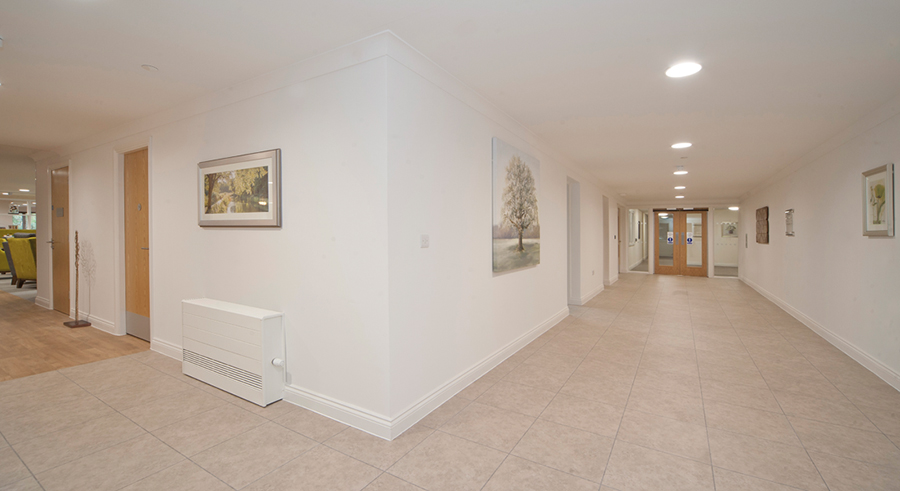Public sector buildings often suffer with outdated legacy lighting systems that can compromise the safety and comfort of employees and service users, as well as being expensive and inefficient to maintain and operate. With people returning to offices and adapting to new ways of working, Anthony Parkinson of Ansell Lighting looks at why smart lighting is not just for the home.
Ansell Lighting
While many people have a reasonable understanding of how to minimise lighting energy use at home, achieving a similar understanding of how to optimise lighting energy use within the workplace is more challenging. Add to that the plethora of old and often outdated systems in public sector buildings and the challenge of keeping staff safe, while providing them with visual performance.
In the public sector, as in all workplaces, legislation provides recommended illuminance requirements to meet health and safety regulations, as well as enabling staff to carry out tasks effectively and efficiently. If the requirements are not built into the implementation of the lighting installation it can result in high energy usage which fails to meet sustainability requirements.
Smart lighting systems can eliminate all these issues, by offering a solution which allows the building to control when lights should be on, based upon an automated system. Usually, a change this revolutionary would necessitate expensive upgrades or building work to achieve, but one of the best things about smart lighting solutions, such as OCTO, is that the system is very easy to install and commission. Systems, such as OCTO, are controlled and hosted on the cloud, so there is no hub or wiring to install, and many of the units are simply installed like a normal light bulb or switch – making it very easy to retrofit into existing buildings.
Smart lighting systems can ensure that the workplace provides the right quality and quantity of light for staff, without control to their discretion of staff. In order to achieve this, there are numerous systems which can be implemented across a building or site to meet these varying requirements.
Daylight harvesting systems allow buildings to maximise the availability of natural lighting, thereby reducing the need for electric lighting during periods of high-level daylight and ensuring adequate and uniform illuminance across the space. For example, in a space with significant levels of natural daylight, the need for electric lighting will be less, compared to areas deeper into the space where the natural lighting is either reduced or non-existent. Careful consideration of this ever-changing scenario as the natural component of the combined lighting increases and reduces can maximise the energy-saving benefits of the artificial lighting installation.
With a move to flexible working patterns and reduced capacities within workspaces likely to remain prevalent post-pandemic, intuitive presence and absence detection lighting is also a key function alongside corridor functionality, which is another highly-efficient way of reducing energy consumption. In places where light is required over longer periods – or even 24/7 – a corridor function uses motion sensors to increase output to 100% when needed in an energy-efficient and cost-effective way – so perfect for public buildings, care homes and some areas within hospitals, as well as pedestrian underpasses etc.
Smart lighting systems in commercial premises can also be programmed to operate areas of just a single individual. Staff wellbeing and productivity has been shown to be improved by changing the colour aspect of light throughout the day to match natural circadian rhythms. Using natural, cool or warm light at different times of the day can help to focus employees and improve their sleep patterns – resulting in happier, healthier staff.
Public sector buildings are both a workplace and a public interface visited by members of the public, so lighting has many functions to perform. It must create a comfortable and productive workspace, be a safe and well-lit place to visit, all whilst keeping a sharp eye on current and future costs. Very few public sector buildings are new build, so solutions, such as smart lighting which can be retrofitted and have a huge impact on energy use with minimal disruption, cannot
be ignored.








